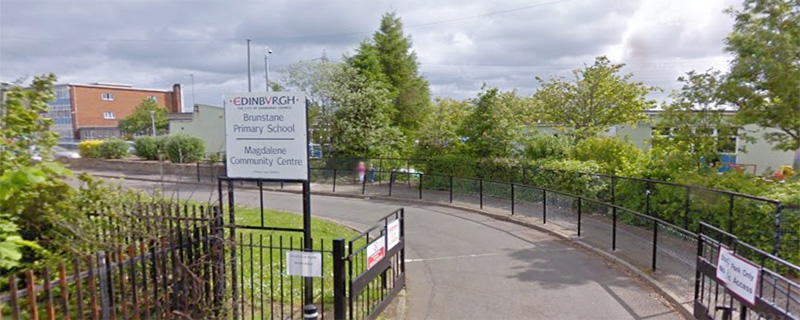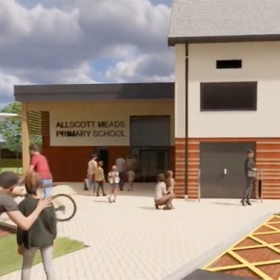Possible School Closure until Christmas
Edinburgh school could stay closed until Christmas as Coal Authority investigate
A primary school in Edinburgh could stay closed for at least four months as the Coal Authority continues to investigate whether a recent “sinkhole” that appeared on the site is linked to historical coal mining.
The small ground collapse at Brunstane Primary School was reported to the Coal Authority on 25 July. The school is in an area where the Coal Authority believes there is evidence of past coal mine workings.
The Coal Authority confirmed that it “quickly filled the hole with stone to stabilise the affected area and fenced off the site to keep people safe”, following the incident.
Since then the site has remained closed, and staff and pupils have been relocated to other schools in the local area ahead of the start of the school term.
In a letter to parents earlier this month, Brunstane Primary School headteacher Chris McMillian warned that he had “been told to prepare for the possibility of being out of the building until at least the Christmas holidays”.
While the school is closed, the Coal Authority is carrying out a detailed investigation to determine the cause of the ground collapse.
“If this incident was caused by historical coal mine workings, we will design a permanent solution and carry out repair works as soon as we can,” the Coal Authority’s public safety and subsidence team member Michael Owens said.
The BBC reported that issues with ground conditions – including the hole in the playground next to the main school building – were discovered because of planned redevelopment works at the school.
Brunstane Primary School is due to undergo energy retrofit works as part of a pilot project to target near net zero operational carbon emissions by 2035.
Earlier this month, the City of Edinburgh Council granted planning permission for development works at the school, including the installation of a new heating and ventilation system, an air source heat pump and mechanical ventilation with heat recovery.
Source: Ground Engineering





Leave a Reply
Want to join the discussion?Feel free to contribute!